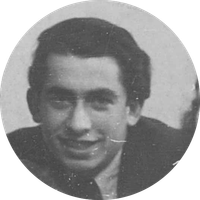Chapter 2
Displaced Persons Camps
After they were liberated, many Jews went to live in displaced persons camps (DP camps).
Scroll Down

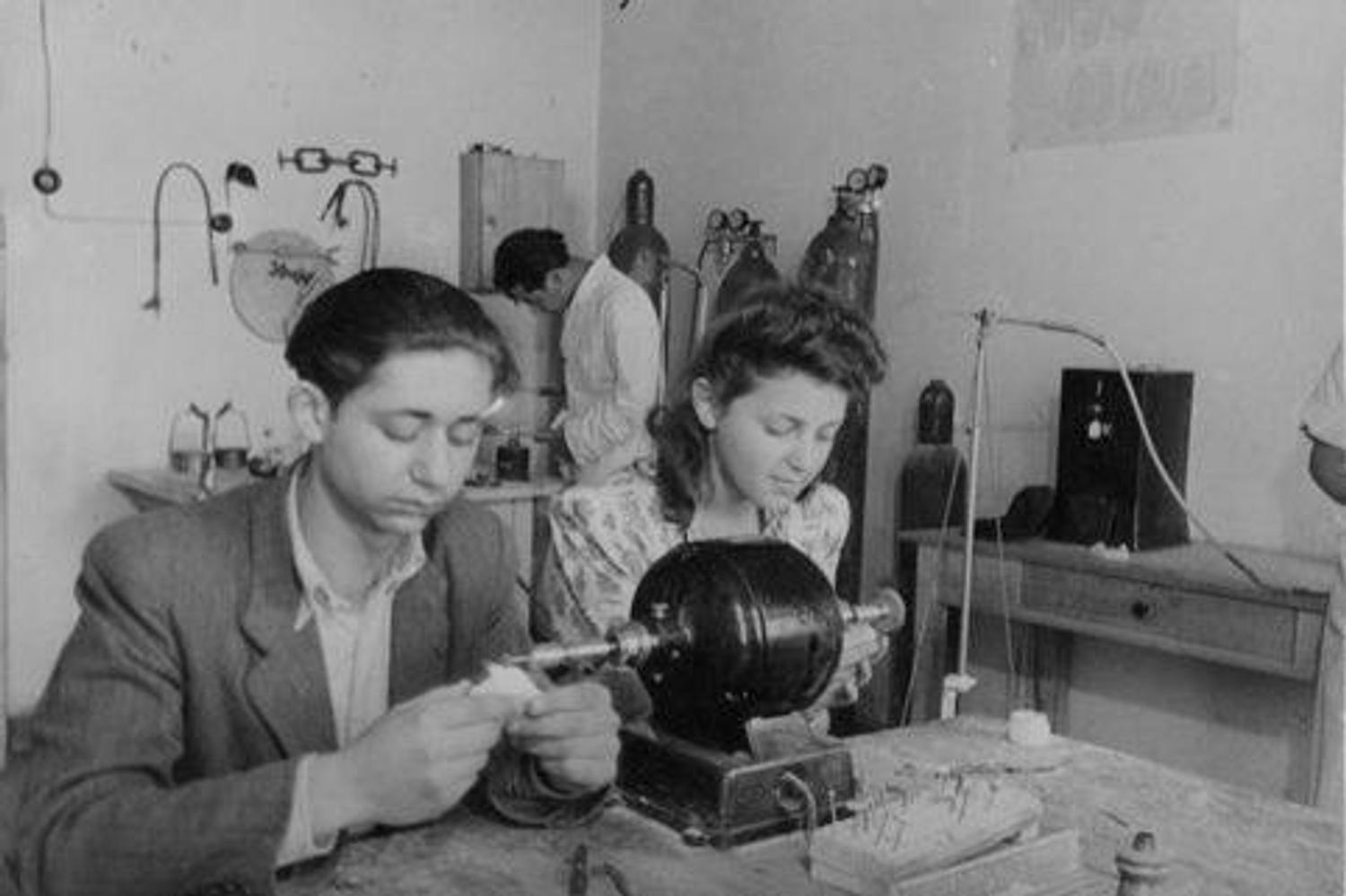
Judy Cohen at work with Chaver Rosenberg at the ORT dental technical school in the Bergen-Belsen DP camp. Germany, circa 1947. Azrieli Foundation, courtesy of Judy Cohen.
A DP Camp Classroom
00:49
Clips of a kindergarten class in the Bergen-Belsen DP camp. Germany, circa 1945.
Imperial War Museums.
Did you know that?
After World War II, more than
250,000
Jewish refugees lived in DP camps and urban centres in Germany, Austria and Italy.
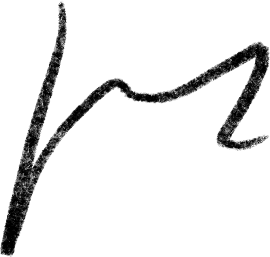
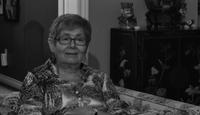
Attending School in a DP Camp
01:50
Starting a School in Eggenfelden
“I was aware of the housing problem. Like several other residents, however, I felt that an even greater problem was the lack of schooling for the younger members of the camp’s population who were growing up illiterate. We decided to do something about it. We talked to the camp committee and got their agreement to provide premises for a school. I contacted the district leaders of the UNRRA-supported Organization for Rehabilitation through Training (ORT) trade school system and obtained full support for a vocational school in Eggenfelden with myself as principal. In the camp, we also organized an elementary school and designated a staff of teachers and a principal. I managed to get school supplies from the nuns at a local convent and had a carpenter make simple school benches and blackboards. As soon as the school opened, the children rushed in.”
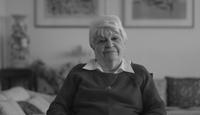
“My First Good Childhood Memories”
00:47
Did you know that?
Between 1944 and 1947, the American Jewish Joint Distribution Committee (JDC) provided assistance to more than
100,000
refugees in DP camps. This help included access to cultural activities and retraining, as well as financial support for emigration.

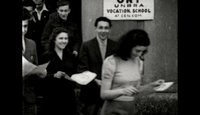
Learning through ORT
1:29
Learning New Skills
“I enrolled to study electronics. In no time at all, we’d covered the entire high school curriculum — subjects ranging from physics and mathematics to chemistry and drawing. We were trying to make up for lost time. We had excellent teachers for every subject, but our instructor for electronics and physics was especially good. His name was Maik, and he was not much older than us, but he always said, ‘As long as I know one more lesson than you, that’s all it takes.’”
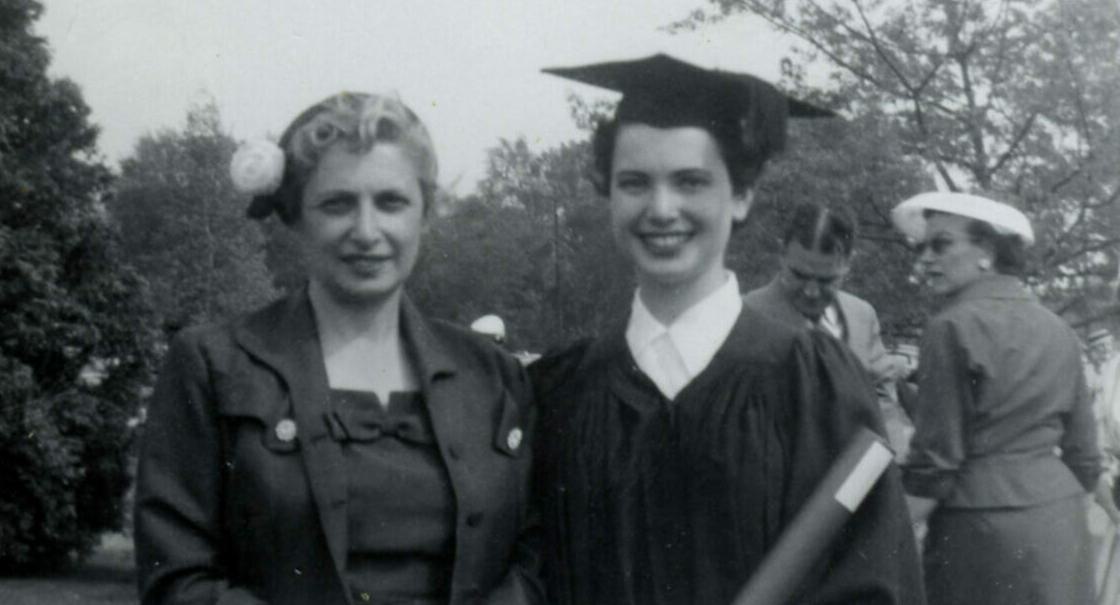
Chapter 3

